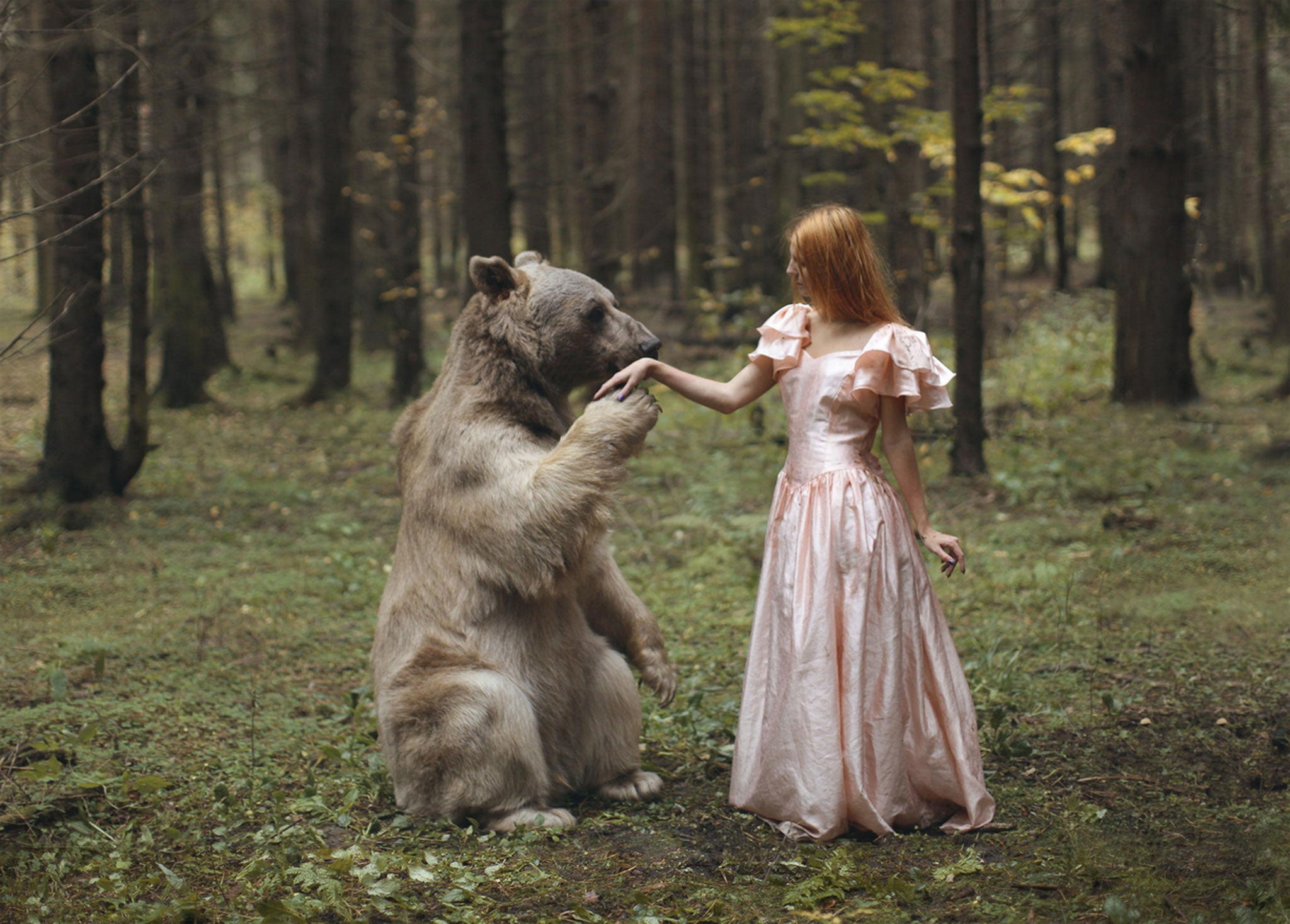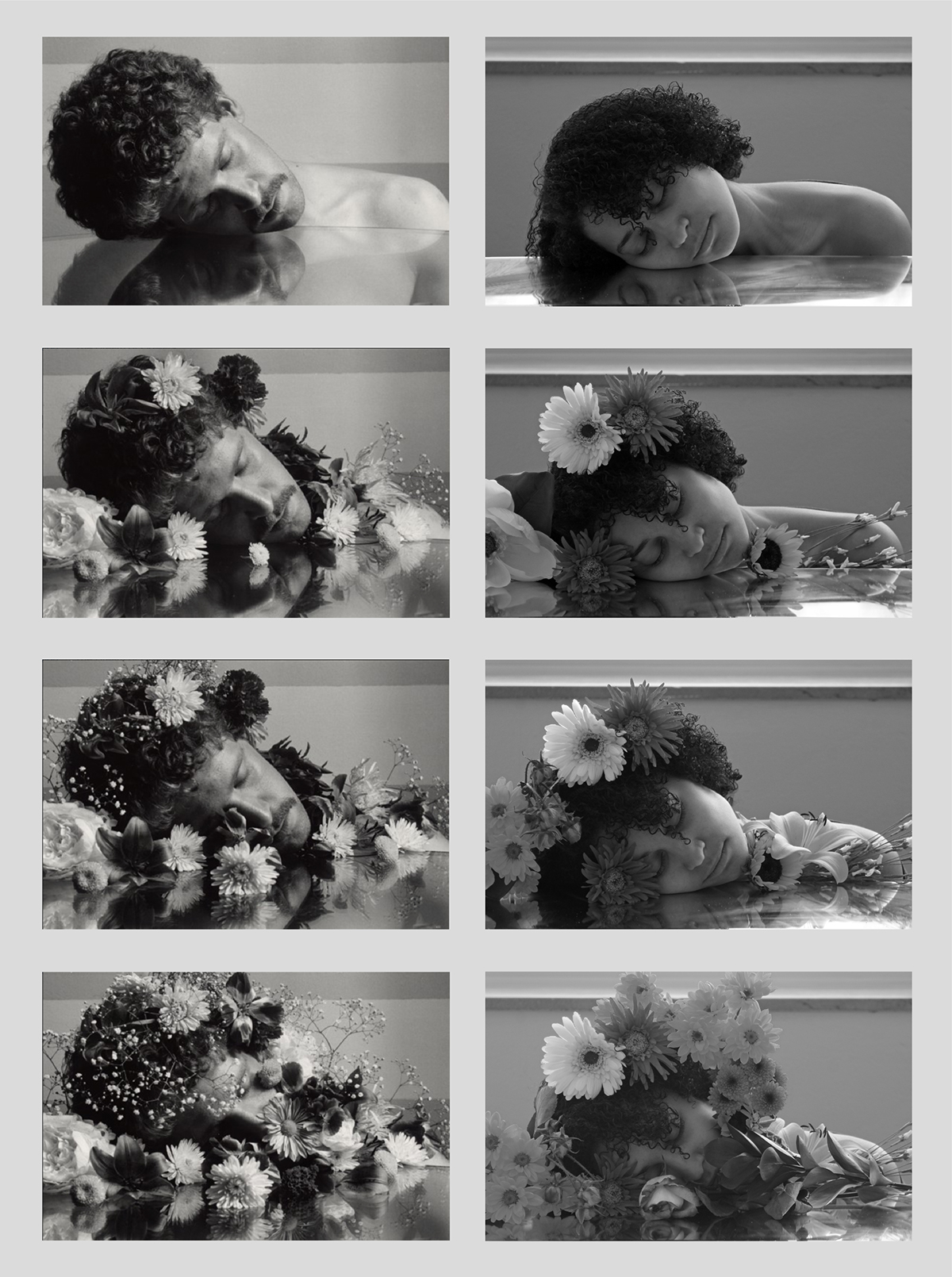15 Narrative Photography Ideas & Tips

Narrative photography is a special approach to photoshooting that relies on the storytelling power of photography. Such images are frequently featured in magazines and newspapers aimed at complementing the written story with visuals.
15 Tips to Use Narrative Photos in the Wright Way
Here are cool narrative photography ideas and recommendations, which can help you become a real pro in this field.
1. Be Original

Unfortunately, many photographers choose one and the same topics and techniques while delving into the world of narrative photography. This is a really lousy thing to do if you are determined to amaze the audience with noteworthy shots.
That’s why, step away from the flow and come up with non-conventional concepts. Think about something that can spur interest and keep experimenting all the time.
2. Don’t Be Afraid of Failure

Many rookie narrative photographers are so uptight because of the possible failure that they don’t really do anything. I recommend accepting failures as a logical part of mastering new skills regardless of the activity you are engaged in.
Of course, such a philosophical approach may seem a bit vague, but once you start treating all your failures this way, you will feel more relaxed during work. Each setback will eventually bring invaluable knowledge and awareness of how professional you’ve become.
3. Trust Your Instincts
You never know what moment will become a notable image but you should always look at the things happening around with your eyes wide open. Keep your camera on standby and trust your instincts each time you are about to snap a shot.
If you notice something fascinating, don’t assess the situation too long, but press the button and see what photo narrative outcome you’ll get. However, remember about respect and common sense.
4. Keep Visual Distractions to a Minimum

Note that narrative photos should contain one or two key subjects, while the rest of the frame must be kept uncluttered. In such a way, viewers’ eyes can easily understand the idea you are trying to convey.
5. Start with Your “Why”
There are 4 basic questions you need to answer before taking the narrative photography series. What is the idea? Why this story? Whom you’d like to present the image to? What is the surest way to bring this idea to life?
It may seem that the first idea of photo essay popping up in your head is worth the time and effort, but once you start answering these questions, it appears to be something trivial. They help filter out uninteresting concepts and come up with something that will appeal to many people.
If you manage to answer these questions clearly, your chances of producing memorable images become higher.
6. Pay Attention to Your Composition

You must be very attentive while building the composition of narrative photos. Typically, there is a main subject that should become the centerpiece of the frame attracting viewers’ attention.
You can use several lenses, namely wide-angle and telephoto types, depending on the goal you want to achieve. The wide-angle lens allows encompassing more space, which is perfect if the background plays a significant role in what you are trying to “tell”.
7. Plan Your Story

Sometimes storytelling photography requires quick decision-making and adapting to changing shooting conditions. This happens when you need to capture fast-evolving events, e.g. crisis or unrest.
But in most cases, thorough preparation and planning should be your priorities. This refers to landscape narrative photography when you can examine the area in advance and map out your working process in accordance with the weather forecast, lighting, etc.
The same planning principle is applicable to travel and documentary narrative photography, meaning you can learn more about the culture, events, and social behavior standards to err at the side of caution.
8. Add Conflicting Emotions

Narrative photography often includes scenes that exude genuine emotions. You should also strive to take such images simply because they resonate with what an average person experiences in everyday life. In order to capture the right moment, you need to pay attention to facial expressions, body language, accessories, light, props, etc.
9. Give Your Photos More Meaning with Captions
Complementing your photography stories with intriguing captions is a great thing to do. Your caption should evoke interest, without revealing the entire plot of the story.
Choose something related to what you felt or thought about while taking the shot. Describe the atmosphere. Make sure your words and the picture make up a coherent whole.
10. Use Colors to Create Storytelling Photography

The color scheme and its temperature are of great importance.
First of all, you should use the warm vs cold colors opposition. You probably know about the division of all colors into two groups and the feelings each category causes in viewers. Thus, warm colors are associated with enjoyable feelings, bringing energetic vibes to the scene.
Another technique popular among narrative photographers touches the correlation between complimentary colors. To understand what I mean, find a color wheel and pay attention to the colors placed opposite to each other. They are believed to look eye-pleasing while used in the same photo.
11. Use These Techniques for Better Narrative Photography

Undoubtedly photography subjects can either make or break the composition, but they aren’t the only important elements to consider. What I want to say is that you need to be in constant search for original stories, learn present-day techniques, and hone your skills.
The win-win method is to use motion blur, but don’t get too carried away. Work until you find the balance and understand what can work best for you.
12. Include Details to Support Your Narrative
Narrative photography includes many elements that combined together result in an interesting story. Keep this in mind while concentrating on a particular item or excluding anything that seems to be of minor importance.
For instance, if you are telling the story of a man playing football with his son, you can focus on their smiles, eyes, gestures, special rituals or anything else that adds meaning to what you are documenting.
13. Candid Method

Perry White, Daily Planet Editor-in-Chief, once said “A good photographer eats with his camera, a great photographer sleeps with his camera”. This reflects the very essence of many fields of photography, narrative included.
You never know when the perfect moment will appear and how quickly it will become a memory. There are cases when you need to go with the gut, and other situations require experience, patience and a quick trigger finger.
These are the 4 components of the success and if you manage to get them all, you are bound to become an outstanding photographer.
14. Consider a Series of Images

The sequential narrative photography comes to rescue when a single image isn’t explicit enough and you need to take photo series to convey your idea. For example, this works when you are covering a retreat in India, a basketball match, the cooking process, etc.
15. Be Inspired by Your Peers
Joining the group of narrative photographers can bring the benefits in the form of valuable tips, constructive criticism, learning new techniques, enlarging your theoretical knowledge, and simply sharing the ideas with people, who understand your vision.
Actually, you should perceive each your colleague as a learning opportunity and once you settling it into the habit, you’ll see the entire process from a new perspective.
Freebies for Enhancing Narrative Photos

When the shooting is over and you have many narrative photos that require professional editing, you can use these presets, which will give your images a gentle look and imbue with a special atmosphere. The finished pictures will look as if they have been printed on matte paper.



